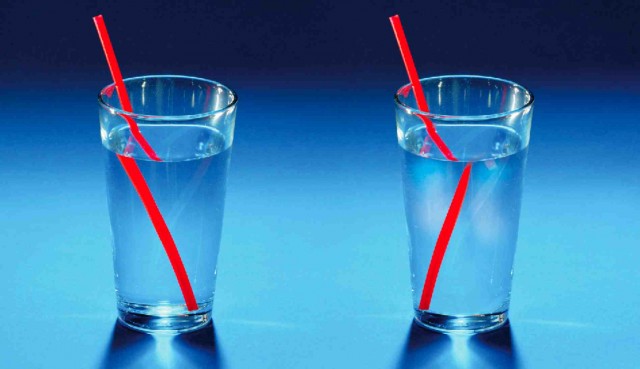But How do I Bowfish?

By Jason D. Mills
You know what bowfishing is, and you’re interested in trying, but you’re still not quite sure how or where to start. Bowfishing is unique in the world of archery in that it can be practiced day or night, on land, while wading in the water, or on a boat.
To get started you’ll need a bow, a recurve is best simply because smaller bows are a bit easier to manage while bowfishing. There is no need for sites because of refraction and because they can’t account for depth. You’ll probably want a bow that shoots 45 pounds or greater in order to have sufficient force.

You will also need a reel and special bowfishing arrows; typically, bowfishing arrows are heavier, use barbed broadhead, don’t have fletchings, and are longer than traditional arrows. They are also attached to a fishing line. On that note, never tie a line to the back of an arrow, it should always be attached to the slide near the front of the arrow. If tied to the back, the line could get tangled in the bowstring, causing the arrow to snap back at you, resulting in facial injuries and even death.
You might also want to bring a pair of hip waders, some gloves, sunglasses (if you’re fishing during the day), sunblock, and a hat. If you’re fishing at night you’ll probably want to bring a decent flashlight or spotlight.
If you have the option, and if you’re shooting from a boat, you’ll probably want to use a flat-bottom vessel, so you can take it into shallower water. Like sport fishing and hunting, individual states regulate bowfishing, so you will probably have to pickup a fishing license.

When you’re bowfishing on fresh water you’ll be looking for fish like carp, eels, suckers, perch, catfish, gars, or even alligators. If you’re saltwater bowfishing you’ll probably target fish like dogfish, sharks, and stingrays. The exact type of fish that you’re allowed to bowhunt legally is regulated by the state, so check on your local regulations.
Something that seems obvious, but should also be mentioned about bowfishing. there is no catch-and-release in this sport. Bowfishing kills the fish.
If you decide to give bowfishing a try, but you don’t have access to a boat, then you’ll be limited to wading or bank bowfishing. You’ll want to do this kind of bowfishing in the spring, while the fish are spawning, before and after the spawn the fish can be harder to find. If you’ll be bowfishing from a bank, you’ll want to target lakes, rivers, and ponds with shore access. If you’ll be wading, you have the option of heading to a marsh with tall grass, where the fish feel safe.
If you’re having trouble narrowing down a good spot for your first bowfishing trip, just give your local DNR fisheries biologist a call and tell them you are looking for heavy concentrations of carp, eels, suckers, perch, catfish, or gars.
If you’ve got a few places in mind, but you’re still not sure about the perfect spot, the most important thing you should consider is the consistency of water depth and overall water clarity – clear water that is between 3-4’ deep is ideal for bowfishing.
Now, if you’re like me you don’t hunt what you won’t eat. That said, many of the fish that you’ll be after (such as carp) can contain contaminants, so it’s a smart idea to contact your local DNR office and ask about fish advisories before heading out.

When you finally do get to your fishing spot, the main difficulty that most new bowfishers have is refraction. When light waves pass through water they are deflected, which makes things look like they are where they are not. This is most easily demonstrated using a straw and a glass of water.

To compensate for this, you’ll want to aim about 10” below the fish you’re aiming at; keep in mind this is just a general rule of thumb and you should be prepare to miss quite a bit your first time out.
















.jpg)

Boy, Jason, you’re so right about contaminants in the fish. I’ve fished for years in and around Lake Tahoe. It’s clean, as are the salmonids there. But F & G set up road signs years ago about the Carson River which empties into Lake Lahontan. The signs picture the shape of a trout and warn against eating more than two fish from those waters due to mercury in them. The mercury was used in the 1800s to remove silver and gold ore from crushed rock.
Thanks for the suggestion to aim low. I’m really curious to find out if bow fishing will improve or destroy my aiming ability. I imagine the former is true. If I can learn to shoot fish, then larger game should be no problem.